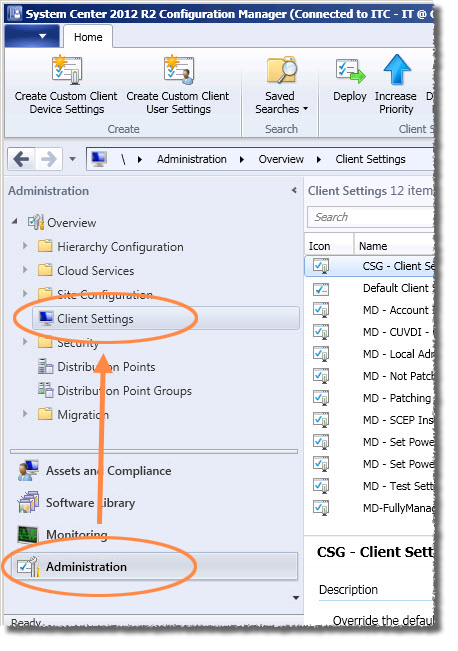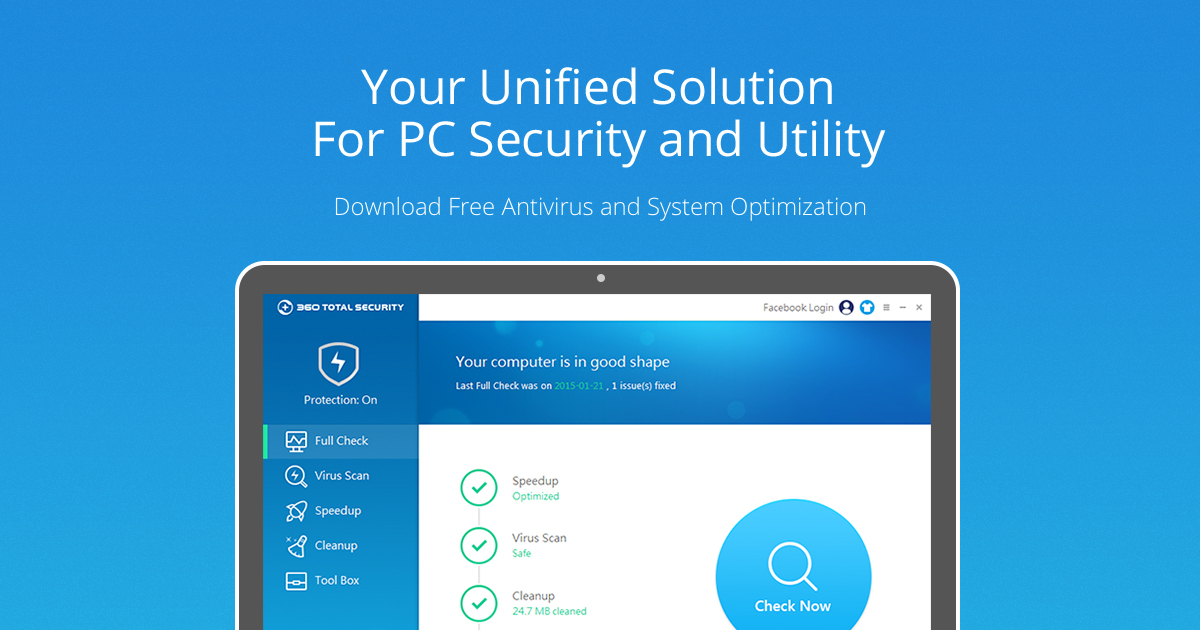Security for Every Endpoint. Our products integrate with Windows Defender and extend threat protection to Windows, macOS, and Linux systems, as well as Android and iOS mobile devices—all through a single-agent architecture. System Endpoint Protection Download; System Center; System Center Endpoint Protection Download Free Microsoft; Microsoft brings security to Mac. During Microsoft Management Summit 2012 it was announced that Microsoft will support both Linux and Mac from Configuration Manager 2012 and also deliver System Center Endpoint Protection for these. System Center Endpoint Protection for Mac 4.5.32.0 (support for macOS 10.13 High Sierra) System Center Endpoint Protection for Linux 4.5.20.0 For more information about how to install and manage the Endpoint Protection clients for Linux and Mac computers, use the documentation that accompanies these products.
 -->
-->Applies to:
- System Center Endpoint Protection on the following down-level devices:
- Windows Server 2012 R2
- Windows 8.1
- Windows Server 2012
- Windows 8
- Windows Server 2008 R2 SP1
- Windows 7 SP1
- Windows Server 2008 SP2
- Windows Vista
You may have a number of down-level or legacy Windows devices that are enabled with Endpoint Protection—but are outside of your Configuration Manager hierarchy. For example, devices in a demilitarized zone or devices that are integrated through mergers and acquisitions.
You can manage Endpoint Protection in such devices using Group Policy settings, described as follows:
- Load Endpoint Protection policy definitions into any of the following locations:
Note
For information on how to use Group Policy settings to manage Microsoft Defender Antivirus in Windows 10, Windows Server 2019, and Windows Server 2016, see Use Group Policy settings to configure and manage Microsoft Defender Antivirus.
Copy Endpoint Protection policy definitions
On a down-level Windows device that is managed by Endpoint Protection, copy the Endpoint Protection policy definition files.
Go to C:Program FilesMicrosoft Security ClientAdmx.
Compress the following files into a zip file, for example SCEP_admx.zip:
- EndPointProtection.adml
- EndPointProtection.admx
Copy the zip file into a temporary folder. For example, C:temp_SCEP_GPO_admx.
Extract the file.
Note
The registry keys to configure Endpoint Protection policy settings are located in Hkey_Local_MachineSoftwarePoliciesMicrosoftMicrosoft Antimalware.
Load Endpoint Protection Group Policy settings into a Central Store on a domain controller
If you are using a Central Store for Group Policy Administrative Templates, perform the following steps to load and configure Endpoint Protection Group policy settings. This is the recommended method.
Go to the folder where you extracted the Endpoint Protection policy definition files.
Copy the .admx and .adml files into the PolicyDefinitions folder on the domain controller:
- Copy EndPointProtection.admx into <forest.root>SYSVOL<domain>PoliciesPolicyDefinitions.
- Copy EndPointProtection.adml into <forest.root>SYSVOL<domain>PoliciesPolicyDefinitionsen-US.
For example:
- Copy EndPointProtection.admx into DCSYSVOLcontoso.comPoliciesPolicyDefinitions.
- Copy EndPointProtection.adml into DCSYSVOLcontoso.comPoliciesPolicyDefinitionsen-US.
where DC is the name of your Domain Controller and contoso.com is your domain.
Open the Group Policy Management Console and create a new Group Policy Object (GPO) in your domain, for example Endpoint Protection.
Right-click the GPO for Endpoint Protection and click Edit.
In the Group Policy Management Editor, go to Computer Configuration > Policies > Administrative Templates: Policy definitions > Windows Components > Endpoint Protection.
The list of Endpoint Protection Group Policies is displayed.
Expand the section that contains the setting you want to configure, double-click the setting to open it, and make configuration changes.
Load Endpoint Protection Group Policy settings into your local device
Instead of using Central Store for loading Endpoint Protection policy definitions, you can store them locally into your device.

Go to the folder where you extracted the Endpoint Protection policy definition files.
Copy the .admx and .adml files into your local PolicyDefinitions folder.
- Copy EndPointProtection.admx into %SystemRoot%/PolicyDefinitions.
- Copy EndPointProtection.adml into %SystemRoot%/PolicyDefinitions/en-US.
For example:
- Copy EndPointProtection.admx into C:WindowsPolicyDefinitions.
- Copy EndPointProtection.adml into C:WindowsPolicyDefinitionsen-US.
Open Local Group Policy Editor.
Go to Computer Configuration > Administrative Templates > Windows Components > Endpoint Protection.
The list of Endpoint Protection Group Policies is displayed.
Expand the section that contains the setting you want to configure, double-click the setting to open it, and make configuration changes.
Next steps
- For an overview on Endpoint Protection, see Endpoint Protection.
- For information on configuring Endpoint Protection on a standalone client manually, see Configure Endpoint Protection on a standalone client.
[KB7026] Deploy ESET Endpoint product for Mac to replace SCEP for Mac
Issue
- We recommend migrating to an ESET endpoint product for Mac as soon as possible, due to the following reasons:
- System Center Endpoint Protection (SCEP) will not be supported after December 31, 2018, and will not receive updates after March 2019.
- SCEP for Mac does not support macOS 10.14 (Mojave). ESET endpoint products 6.6 and later support macOS 10.14 (Mojave).
- Apple has announced that it will no longer support 32-bit applications in macOS. SCEP for Mac is not a native 64-bit application. ESET Endpoint Antivirus and ESET Endpoint Security 6.6 and later are 64-bit applications.
- SCEP for Mac uses ESET NOD32 Antivirus Business Edition (v4) technology. ESET endpoint products offer the most current protection technologies ESET provides.
- Create an ESET Endpoint for Mac product installation package to deploy to your endpoint computers and replace the existing System Center Endpoint Protection using a third-party deployment tool (such as System Center Configuration Manager).
- We recommend that you do not uninstall System Center Endpoint Protection before installing your ESET Endpoint for Mac product. The ESET Endpoint for Mac product will use the settings already in place from your System Center Endpoint Protection.
- For additional information about ESET Endpoint Security for macOS, visit our Online Help documentation.
- For additional information about ESET Endpoint Antivirus for macOS, visit our Online Help documentation.
Solution
- Download ESET Endpoint Security for Mac or ESET Endpoint Antivirus for Mac. Select your language and click Download to download the installation file below:
- Download the ESET add_token tool to attach the ESET license to the installer package. Save the add_token tool in the same directory as the ESET Endpoint for Mac product installation file.
- Make the add_token tool executable by running the
chmod +x .add_tokencommand in the terminal.
- In the terminal, run the command:
./add_token ees_osx_en_0.pkg '1111-1111-1111-1111-1111'Run the command in the directory where you saved the installation file and the add_token file. Replace 1111-1111-1111-1111-1111 with your ESET License Key. Replace ees_osx_en_0.pkg with your installation file name.
- Your license is now attached to your ESET endpoint for Mac product installation file. The ESET endpoint for Mac deployment package is ready to deploy your ESET endpoint for Mac product to the computers in your network to replace System Center Endpoint Protection.
- For instructions to deploy your ESET endpoint product for MacOS using SCCM, visit this Microsoft TechNet article.
- For illustrated instructions to perform a clean installation of ESET Endpoint Security for Mac, visit our Knowledgebase article.
- Deploy ESET business products to your computers using ESET Security Management Center. For more information about ESET Security Management Center, visit our documentation.
ESET Security Management Center (ESMC)

Your ESET Endpoint Security/Antivirus for macOS license also entitles you to use ESET Security Management Center (ESMC), a remote management console by ESET. For more information about ESMC visit our web page. ESMC is also available as a virtual appliance on Linux, so you do not have to set it up on your own server.

Download System Center Endpoint Protection Client
- For more information about ESET Endpoint Security for macOS, visit our documentation.